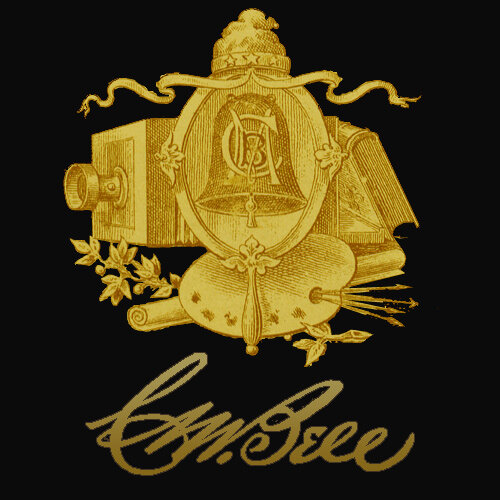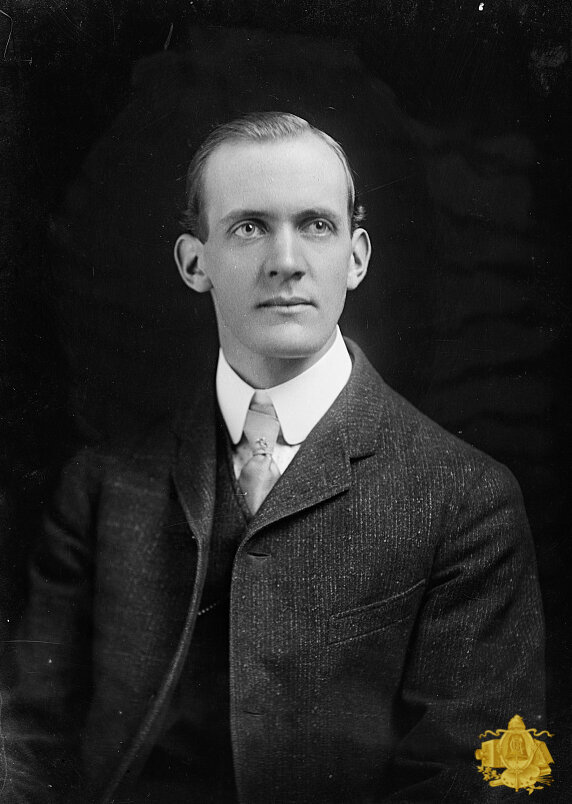
Unidentified Man

W.H. Lewis

J.H. Bluford

Geo. B. Miles

King

J. M. Burke
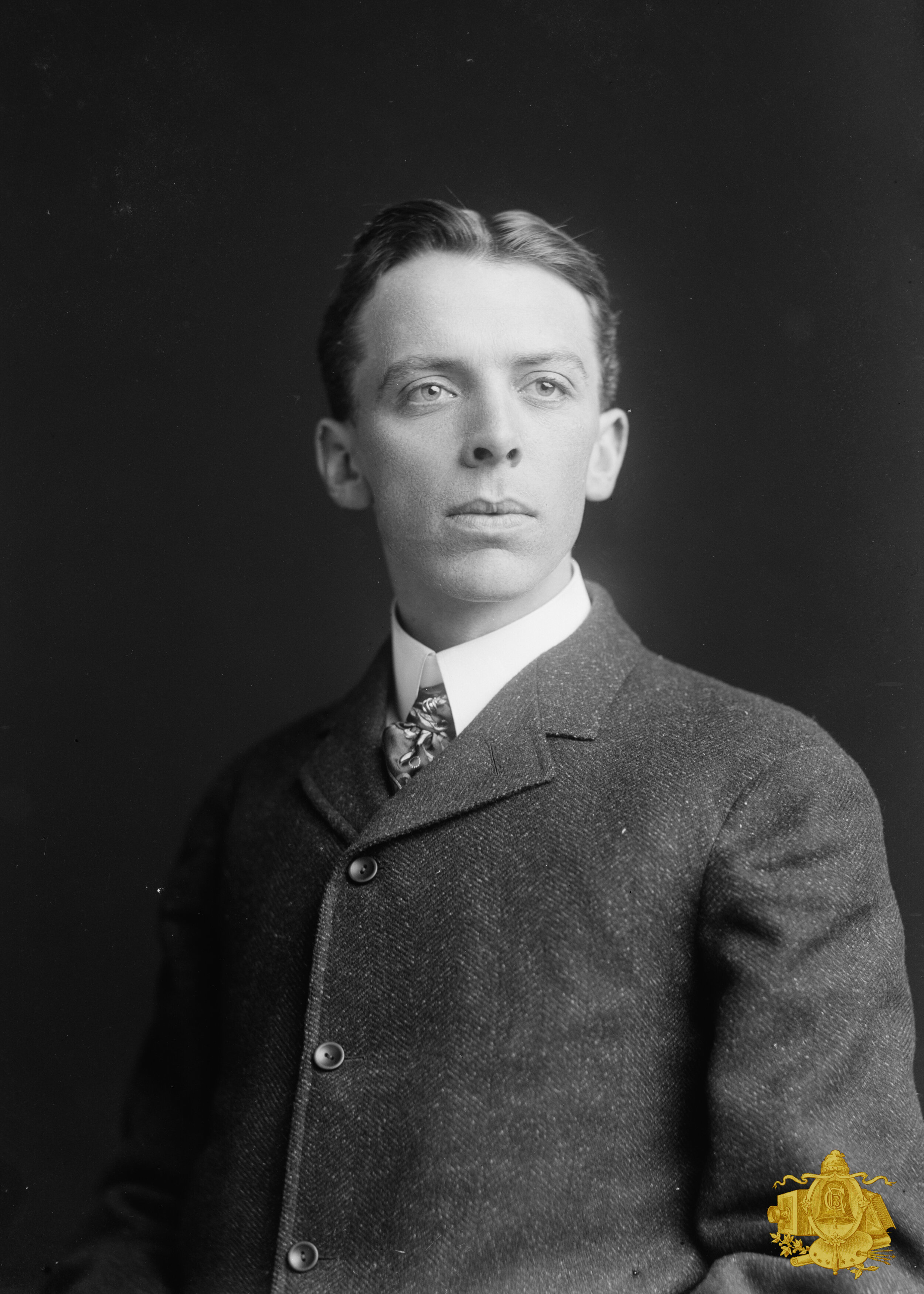
J. M. Mallory
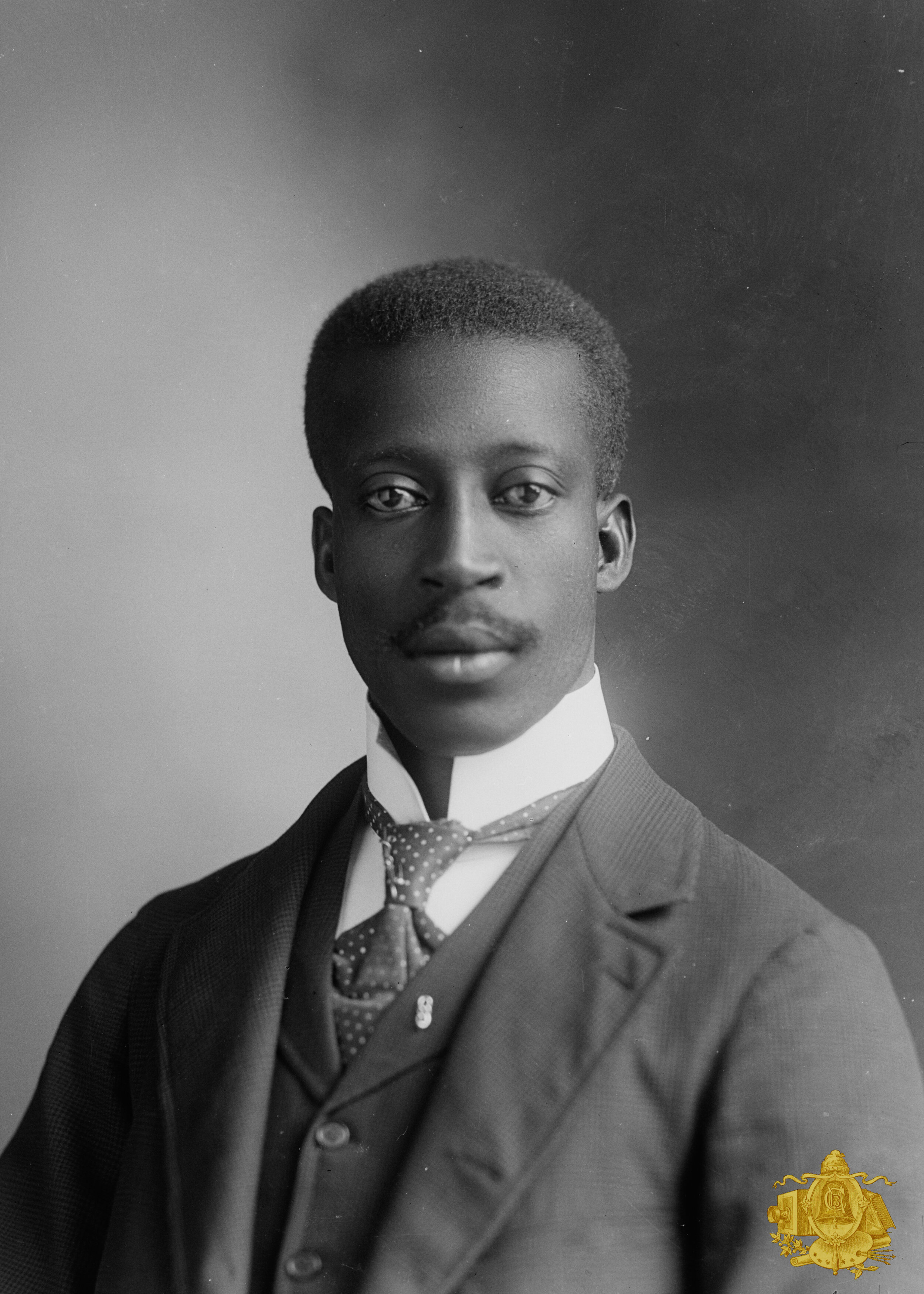
J.. Morrison
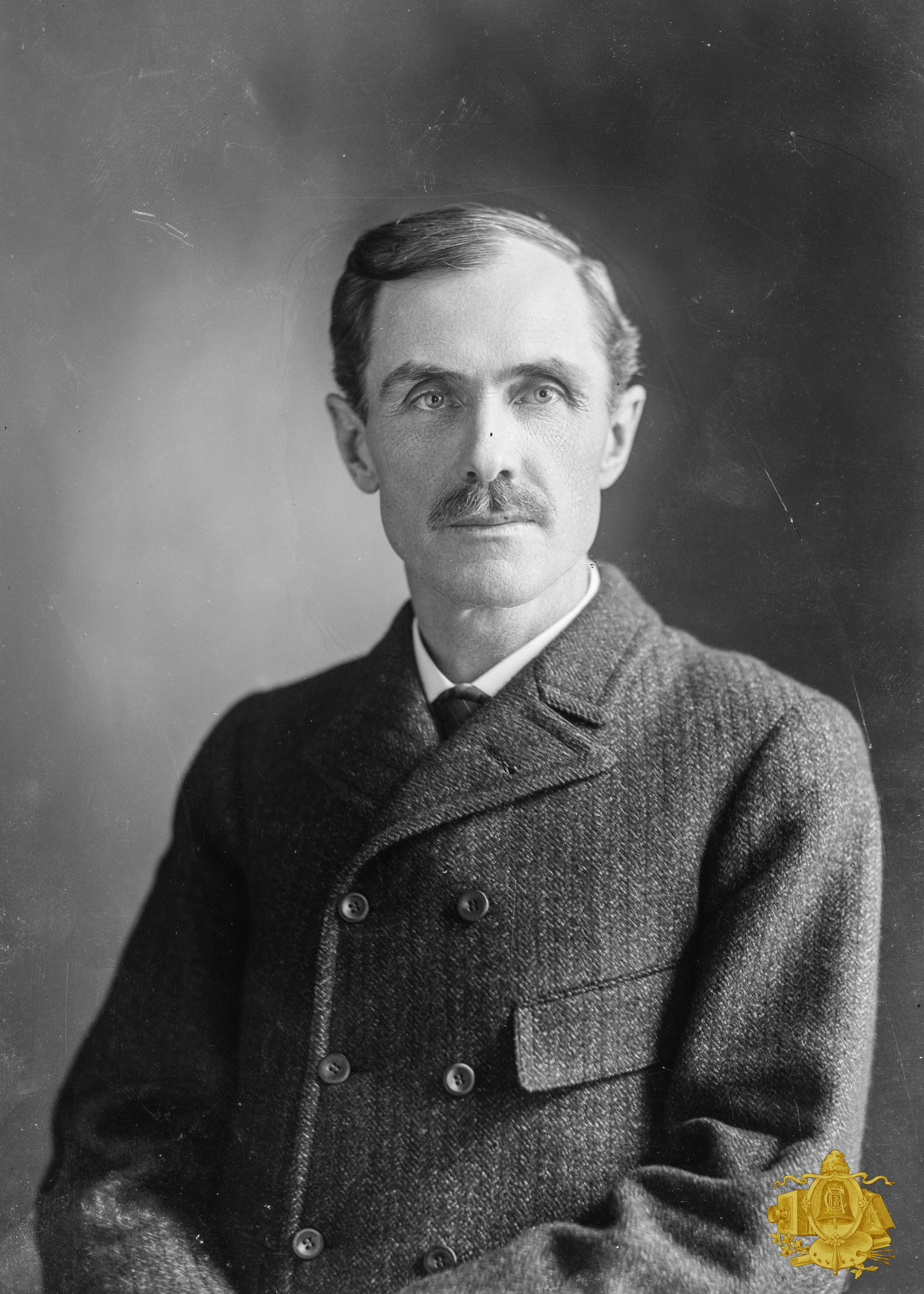
F.E. Wheat

Unidentified Man

I. Walton

P. Spooner

W.W. Mills
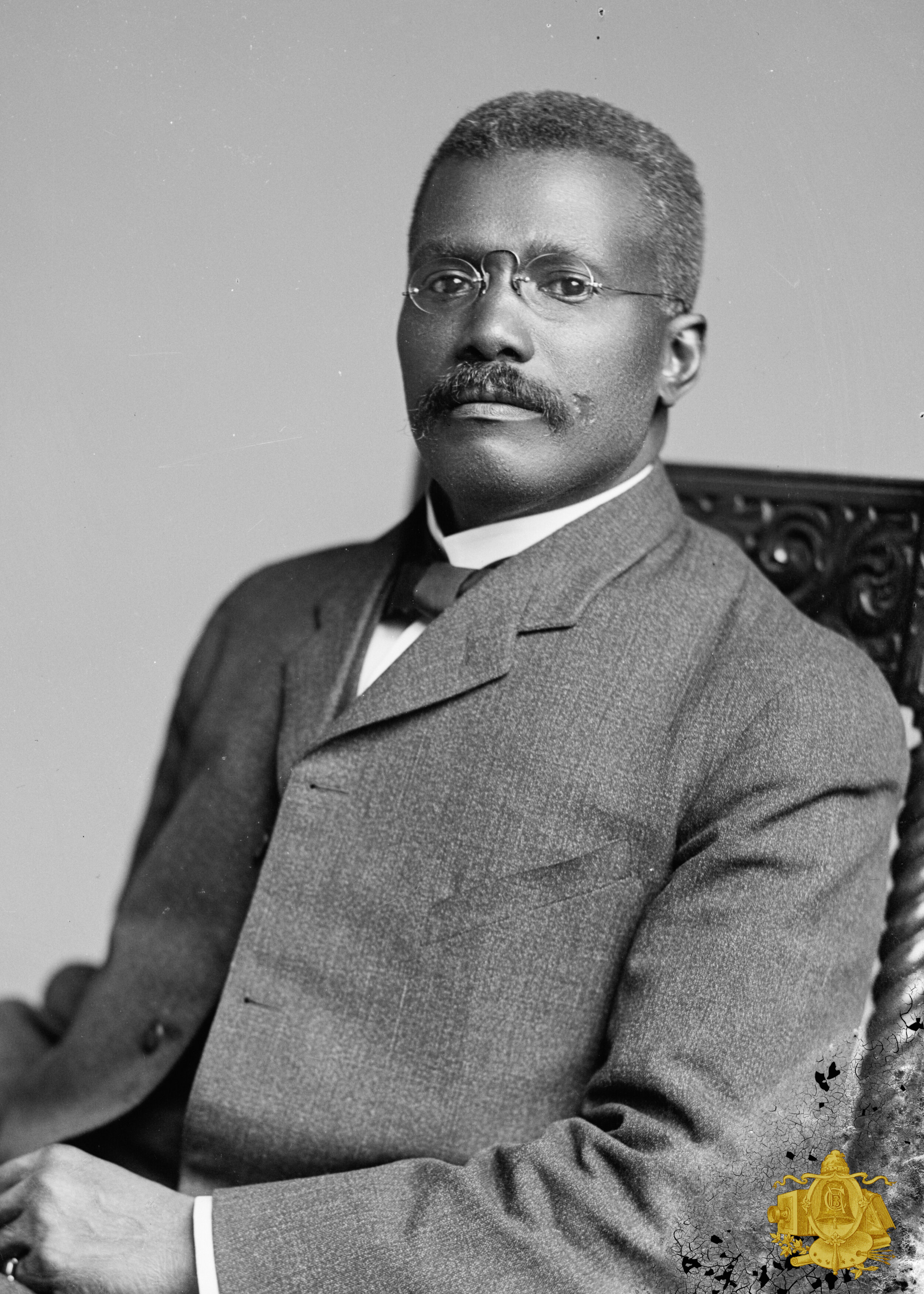
W.B. Chapelle
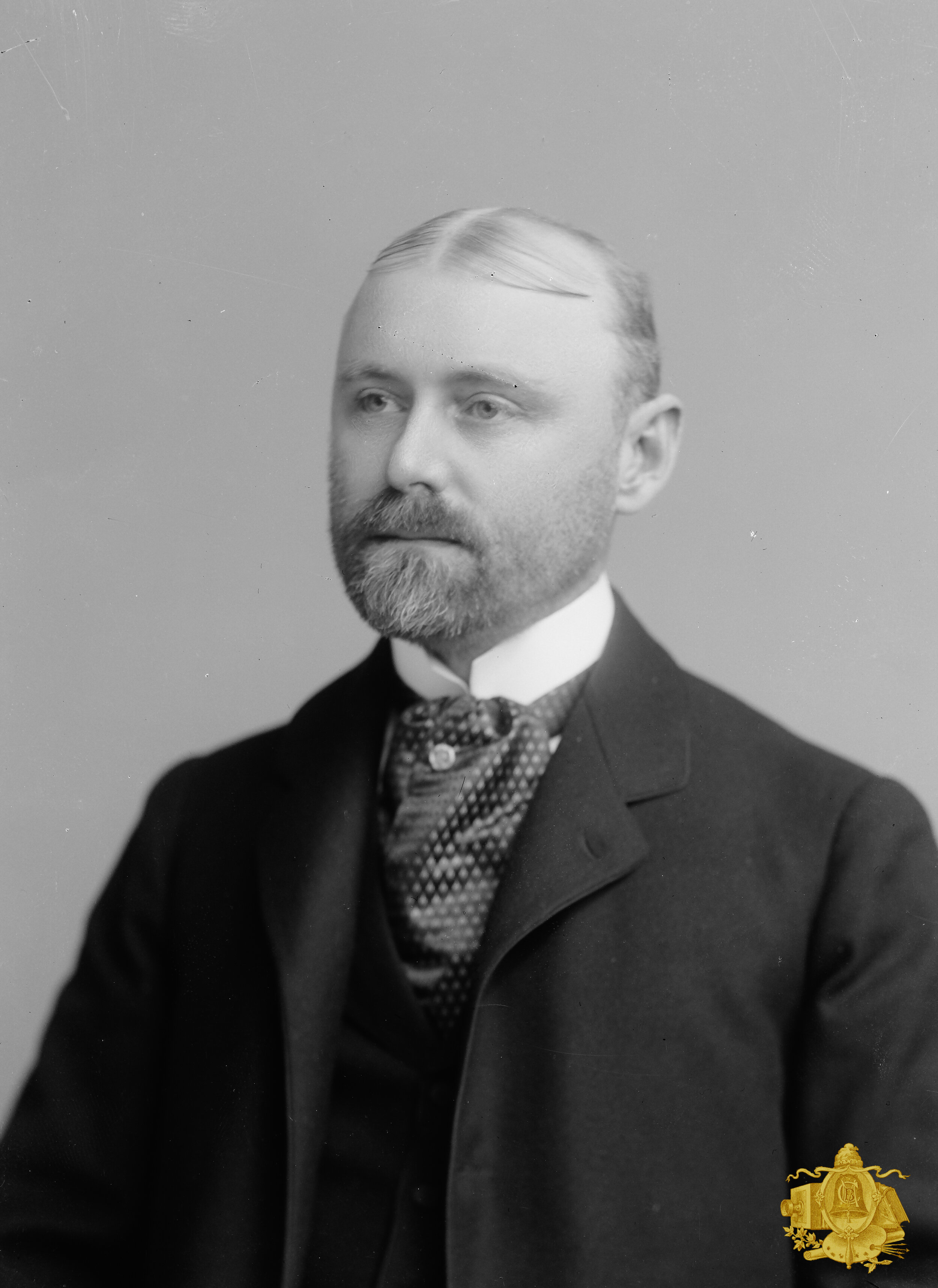
Hugh Reid Belknap
Garfield, James Rudolph
Garfield, James Rudolph (17 October 1865–24 March 1950), lawyer and secretary of the interior, was born in Hiram, Ohio, the son of James Abram Garfield, U.S. congressman and, later, twentieth president of the United States, and Lucretia Rudolph (Lucretia Rudolph Garfield). Because his father was dissatisfied with Garfield’s educational progress and because the family resided in both Ohio and Washington, D.C., where the elder Garfield served in the House of Representatives, “Jim” Garfield had a variety of educational experiences. In addition to attending public and private schools, he was tutored at home. Although intelligent, he was not intellectually inclined, preferring physical activity to his studies.
The Garfields were a close-knit family with an active social life. Jim and his brother Harry Augustus Garfield, who served many years as president of Williams College and was U.S. fuel administrator during World War I, often accompanied their father during his political travels. In fact, they were with him when Charles Julius Guiteau shot President Garfield in Washington’s Baltimore and Potomac Railroad depot on 2 July 1881. That evening Jim Garfield confided in his journal that Harry “was very brave and helped. I was frightened and could do nothing but cry.”
Although President Garfield was not wealthy, the residual of his estate, his wife’s pension from Congress, and about $500,000 raised by private subscription made it possible for the family to continue their upper-middle-class existence. After his father’s death in September, Garfield entered Williams College with his brother Harry. Once again he excelled in social and physical activities, but his studies were uninspired.
After graduation from Williams in 1885, Garfield took more than a year to decide whether to pursue a career in medicine or law. In 1886 he entered Columbia University Law School, attending classes in the afternoons and working in the law offices of Bangs and Stetson in the mornings. Believing that he had learned all that was necessary by January 1888, he left New York and returned to Ohio, where he passed the state bar examination in March. Garfield spent one month as an apprentice lawyer with the firm of Hotze and Adams but left because of a scarcity of work. With his brother Harry, who had also studied law at Columbia and then at Oxford University in England, he formed a law partnership in Cleveland.
At first Garfield handled mostly divorce and criminal cases, which he found repugnant. In time the brothers developed a modest practice in corporate law, often representing insurance and railroad companies. Frederic C. Howe joined the firm in 1898. In 1890 Garfield married Helen Newell, the daughter of the president of the Lake Shore Railroad. They had four children. Garfield settled in Mentor, Ohio, where he began his political career by winning a position on the town council in 1889. The next year he was a delegate to his father’s old Nineteenth Congressional District convention, and in 1891 and 1892 he represented Lake County at the Republican State Convention.
Garfield, who said he was a Republican by “birth, association, and principle,” was a supporter of “gentlemen reformers,” those men derisively called “goo-goos” or “man milliners” by many regulars. He believed that, if decent and upright men were allowed to administer government, most problems in the existing system would disappear. In 1895, despite being ill suited as a campaigner, he was elected to the Ohio State Senate, where he spent two terms allying himself with the Mark Hanna–William McKinley wing of the party. While there he authored the Corrupt Practices Act (1896), which passed. He was unsuccessful in efforts to revamp higher education, create a merit system for cities, establish municipal home rule, and pass moderate temperance legislation.
Because of trouble with Mark Hanna over party regularity in 1900, Garfield temporarily faded from the political scene. Midway through the 1890s he had become acquainted with Theodore Roosevelt, and although it was not a frequent relationship, the pair kept in touch. Roosevelt noted in October 1899 that he had “taken a great fancy to young Jim Garfield” (Morison, ed., vol. 2, p. 1089). Thus it was not a complete surprise when President Roosevelt appointed Garfield to the U.S. Civil Service Commission in 1902.
As a commissioner, Garfield helped rewrite civil service rules in a way that made government employees a separate caste, insulated from party and Congress and beholden to executive branch officers. The commission cooperated so successfully with the various agencies of government that, for the first time in U.S. history, the commission’s nineteenth annual report pointed to “the spirit of friendly cooperation which exists in all the departments of the government in the enforcement both of the letter and spirit of the civil-service act.” The most important thing that Garfield did while a civil service commissioner was cement a lifelong friendship with Roosevelt and become one of his closest confidants, a member of the “tennis cabinet.”
In 1903 Roosevelt named Garfield to head the newly created Bureau of Corporations. Garfield’s first important investigation was an examination of the so-called “beef trust,” and while he was criticized by some for being too lax, his work contributed to legislation providing for meat and factory inspection and tagging. He next responded to a congressional resolution to investigate Standard Oil. During his inquiry he found that the company received secret, lower railroad rates for oil shipments. His efforts began the famous antitrust suit that ultimately led to Standard’s dissolution in 1911. But like Roosevelt, Garfield favored regulation of big business over “trust busting,” causing the president to describe him as one of “the honest, brave, decent fellows who are trying in practical fashion to realize ideals of good government” (Morison, ed., vol. 5, p. 517).
Soon after the 1904 presidential election, Roosevelt appointed Garfield to the Committee on Department Methods, called the Keep Commission in honor of its chairman, Charles Keep. In fact Garfield and his close associate, Chief Forester Gifford Pinchot, another tennis cabinet member, were the group’s driving force. Designated to look into ways to coordinate administrative activities and improve performance in the executive branch, the committee made a variety of recommendations that Congress refused to implement, even though all the suggestions eventually became governmental policy. The Keep Commission also investigated the Department of the Interior and played a role in the transfer of the chief forester’s office from Interior to the Department of Agriculture.
In 1907 Roosevelt appointed Garfield secretary of the interior, which department he thoroughly reorganized. The president had appointed him so that with Pinchot he could begin implementing the administration’s conservation policies of rational use. Over the next two years the duo developed what they believed was a program that provided orderly and efficient use of natural resources based on scientific planning by trained professionals. They promoted arid land reclamation, waterway improvements, and leasing of national forest and public domain land for range cattle; withdrew coal, oil, and phosphate lands for classification and investigation; and established national parks. They also worked to protect potential hydroelectric sites until ready for use. To gain public support they held the White House Conservation Conference in May 1908.
Nevertheless, the program was not always popular. Garfield and Pinchot’s support for San Francisco’s efforts to develop a water reservoir in the Hetch Hetchy Valley of Yosemite National Park caused problems with John Muir and other preservationists. A more strident group of Garfield-Pinchot opponents included western leaders in Congress and other cabinet members, such as Secretary of War William Howard Taft, who disliked the pair’s high-handedness. This opposition ultimately proved the most formidable.
In 1909 President-elect Taft replaced Garfield with Richard A. Ballinger as secretary of the interior. Ironically, Garfield had brought Ballinger, a former classmate at Williams College, into government in 1907 as commissioner of the General Land Office, where Ballinger served for one year. Following the general election of 1908, Roosevelt had told Garfield that Taft intended to reappoint him, but in 1910 Taft said, “The reason why I kept Garfield out of the Cabinet was because I knew him” (Pringle, vol. 1, p. 386). By then Garfield, Pinchot, Ballinger, and Taft were involved in a bitter struggle over Alaska coal lands known as the Ballinger-Pinchot affair. Although Taft removed Pinchot as chief forester because of insubordination, the affair was an important factor in bringing Roosevelt into the Republican presidential race in 1912.
Garfield returned to Cleveland as a member of the law firm of Garfield, MacGregor, and Baldwin and remained a senior partner through the firm’s various expansions and reorganizations. He tried to secure the Republican nomination for governor in 1910 as leader of the party’s progressive wing, but his efforts failed. In 1911 he joined Senator Robert M. La Follette’s National Progressive Republican League to oppose Taft’s renomination and became a leader of the Progressive-Republican bolt from the GOP following Taft’s renomination in 1912.
In 1912 Garfield helped organize the national Progressive party, which nominated Roosevelt for president in Chicago. Garfield created its Ohio branch, chairing the state convention and giving the keynote address. He ran as its candidate for governor in 1914 but failed to carry a single county. In 1916 he advocated reunification with the old party and later served on a special committee to elect Charles Evans Hughes, the Republican presidential nominee. He was a proponent of military preparedness and a critic of Woodrow Wilson’s policy in dealing with German provocations prior to America’s entry into World War I.
Rejoining the Republicans in 1916, Garfield never left that party again. On several occasions Republican administrations appointed him to special committees. In 1923 Secretary of the Interior Hubert Work appointed Garfield to a committee of advisers on reclamation known as “the Fact Finders Committee.” Many of the changes it recommended were carried out by Commissioner of Reclamation Elwood Mead, who was also on the committee. In 1926 President Calvin Coolidge named Garfield to an emergency board to investigate railroad labor disputes in the southwestern United States.
After Congress authorized the Committee on the Conservation and Administration of the Public Domain in 1930, President Herbert Hoover made Garfield its chair. A year later the committee recommended that the national government keep jurisdiction over reclamation projects, national forests, national parks and monuments, wildlife refuges, and areas important to national defense. Remaining public lands, largely grazing lands, were to be granted to states if they wanted them. The titles to public mineral lands were also to be given to the states, with mineral rights to remain with appropriate federal agencies. This recommendation was opposed by the Pinchot conservationists and had no chance of passage.
Garfield’s thinking had undergone considerable change by then. In 1924 he supported Coolidge against Robert M. La Follette, presidential candidate of the Progressive Party of 1924. He worked for Hoover’s election in 1928 and 1932, chairing the party’s Resolutions Committee in the latter year. During the 1930s he attacked the Democrat Franklin D. Roosevelt’s usurpation of judicial and legislative power, maintaining that “the wise balance of legislative, executive and judicial powers must be preserved” (New York Times, 25 July 1938).
As a political leader Garfield was typical of business-oriented, moderate progressives who were uninterested in, if not opposed to, many of the movement’s social ideas. He was a reformer of the Theodore Roosevelt mold, seeking governmental efficiency through scientific planning and administration. He made important contributions as an initiator of the American version of the modern bureaucratic state and as a conservationist. Of him Theodore Roosevelt wrote, “I think that he has been the best Secretary we have ever had in the Interior Department” (Morison, ed., vol. 6, pp. 1535–36).
Until the mid-1940s Garfield was extremely active in educational, civic, and charitable institutions. In 1919 he was a founder of the Roosevelt Memorial Association (later the Theodore Roosevelt Association) of New York and served as its president from 1924 to 1950. After his wife’s death in 1930, he lived with his brother Abram Garfield in Cleveland until his final illness. He died in a Cleveland nursing home.
Article: “Garfield, James Rudolph (1865-1950), Lawyer and Secretary of the Interior.” American National Biography, www.anb.org/view/10.1093/anb/9780198606697.001.0001/anb-9780198606697-e-0600209.

